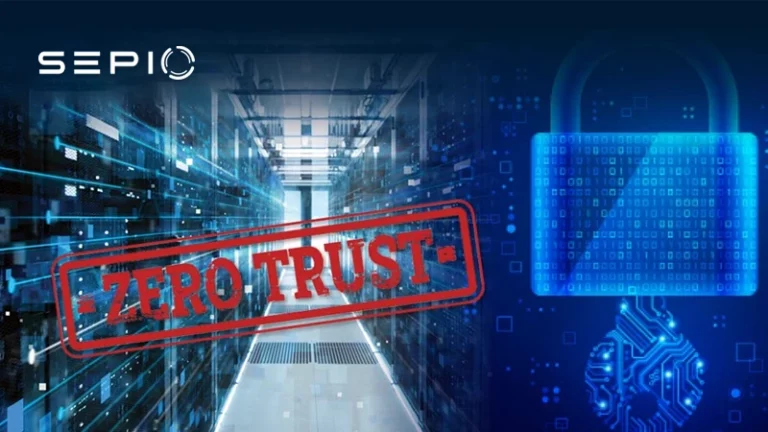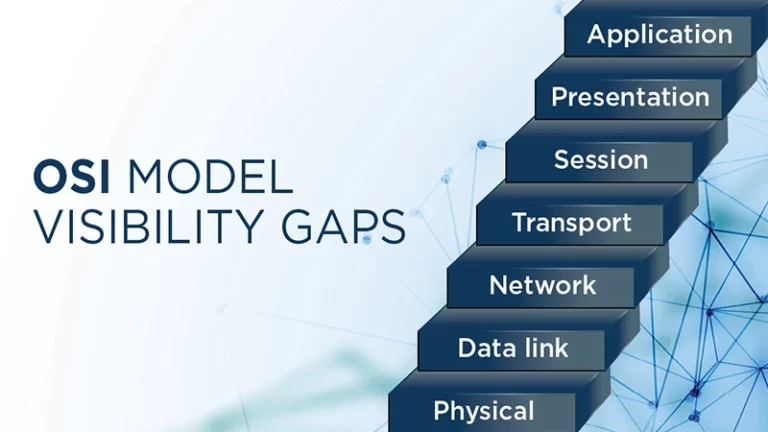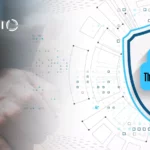Why Smart Home Security is More Important Than Ever?
Smart building security has become more critical as buildings grow more connected and reliant on digital infrastructure. Likewise, smart home security is essential for protecting residential IoT systems, smart appliances, and home networks. Industry 4.0 has driven the convergence of IT and OT environments, integrating IoT devices, AI, and automation into building management. While these innovations enhance operational efficiency and safety, they also introduce significant cybersecurity risks.
Connected buildings and homes rely on real-time data to manage HVAC systems, lighting, cameras, and access control. However, each connected system opens the door to potential cyber threats. Therefore, a solid smart building security strategy is essential for enterprises, while smart home security protects residential networks.
What Threats do Smart Buildings and Homes Face Today?
A major threat to smart building security is the lack of visibility into connected assets. With countless IoT, IT, and OT systems integrated into modern building operations, organizations often struggle to identify and monitor every asset on the network. These blind spots create opportunities for rogue systems to infiltrate networks undetected. As noted in Gov Info Security’s article on smart building risks, unmanaged or unknown devices are one of the most common entry points for attackers.
Traditional security tools fall short at this level. That’s where Sepio stands out, by providing Layer 1 visibility through hardware fingerprinting technology. Moreover, this enables real-time identification of all connected devices, whether managed, unmanaged, or hidden, offering a critical first step in closing security gaps and defending against hardware-based threats. For additional guidance on securing interconnected systems, see CISA’s Best Practices for Smart Cities.
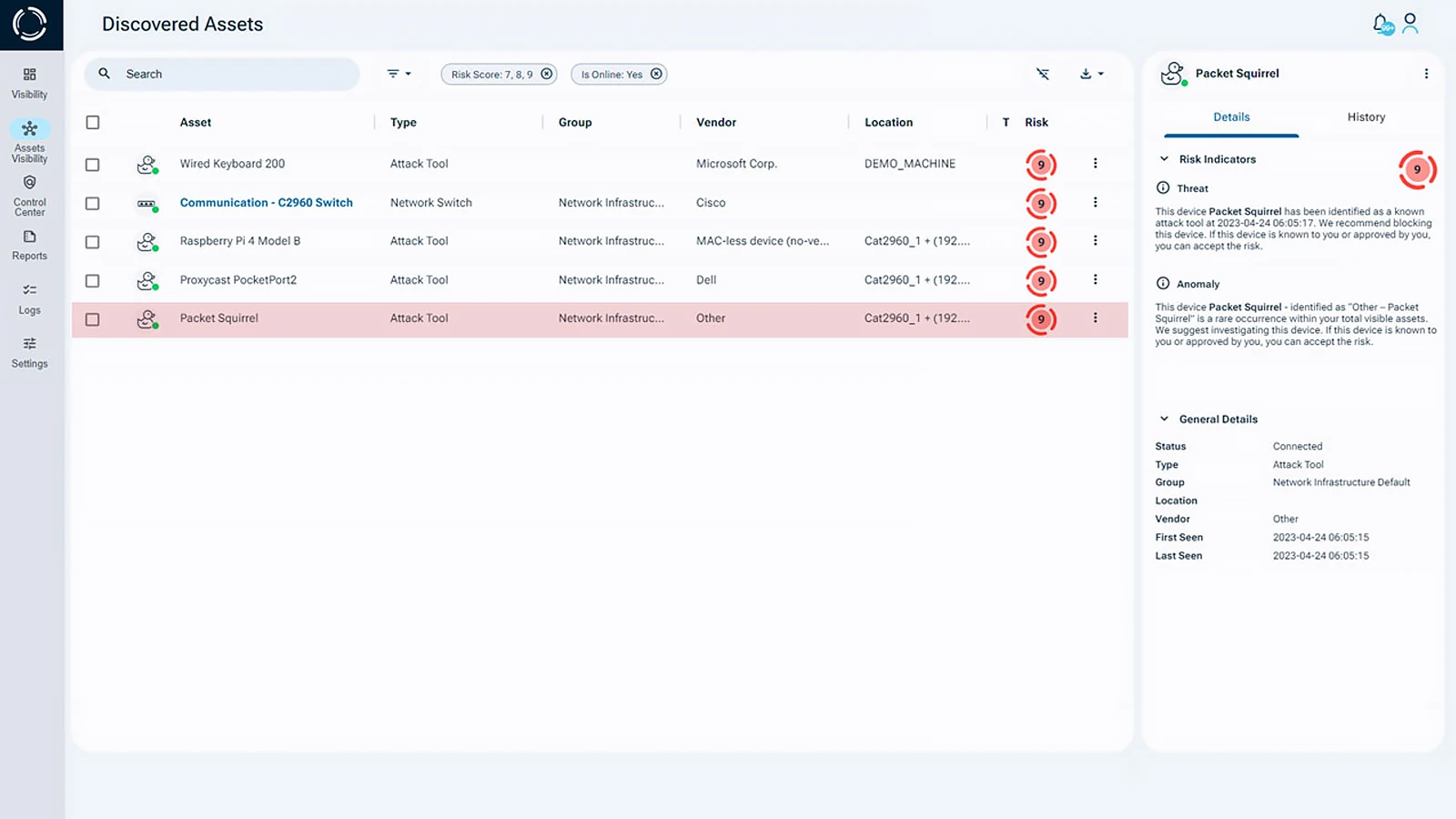
Using advanced hardware fingerprinting technology and a proprietary machine learning algorithm, Sepio identifies all IT, OT, and IoT assets, whether managed, unmanaged, or hidden. This real-time asset discovery helps organizations establish an accurate hardware inventory, which seamlessly integrates with their Configuration Management Database (CMDB) for automated asset management.
With complete asset visibility, enterprises can detect unauthorized hardware, enforce security policies, and mitigate risks. As a result, both enterprises and residential users benefit from stronger smart building security and smart home security platforms.
Zero Trust Hardware Access for Smart Building and Smart Home Security
Leveraging Layer 1 visibility enables Sepio to safeguard network integrity by offering greater control over all hardware assets through its Hardware Access Control feature. The system administrator defines a set of hardware access policies for the system to enforce based on a device’s digital fingerprint and associated risk, further enhancing smart building cybersecurity.
This Zero Trust Hardware Access (ZTHA) approach enables comprehensive access control of hardware assets, including non 802.1x compliant devices. When a device breaches the pre-defined rules or gets identified as malicious by the internal threat intelligence database, Sepio immediately initiates an automated mitigation process to block the device through integrated third-party tools. The rogue hardware Mitigation feature protects the entire network from potentially perilous hardware based attacks that threaten the functionality of smart buildings.
Sepio’s Cyber-Physical Security Platform
Complete Visibility of all Assets: By detecting all systems and anomalies, organizations can strengthen their cybersecurity posture. Moreover, Sepio provides full visibility, from endpoints to connected building systems, using unique physical layer asset fingerprinting and network data augmentation. As a result, this visibility is essential for organizations seeking scalable and secure smart building security solutions.
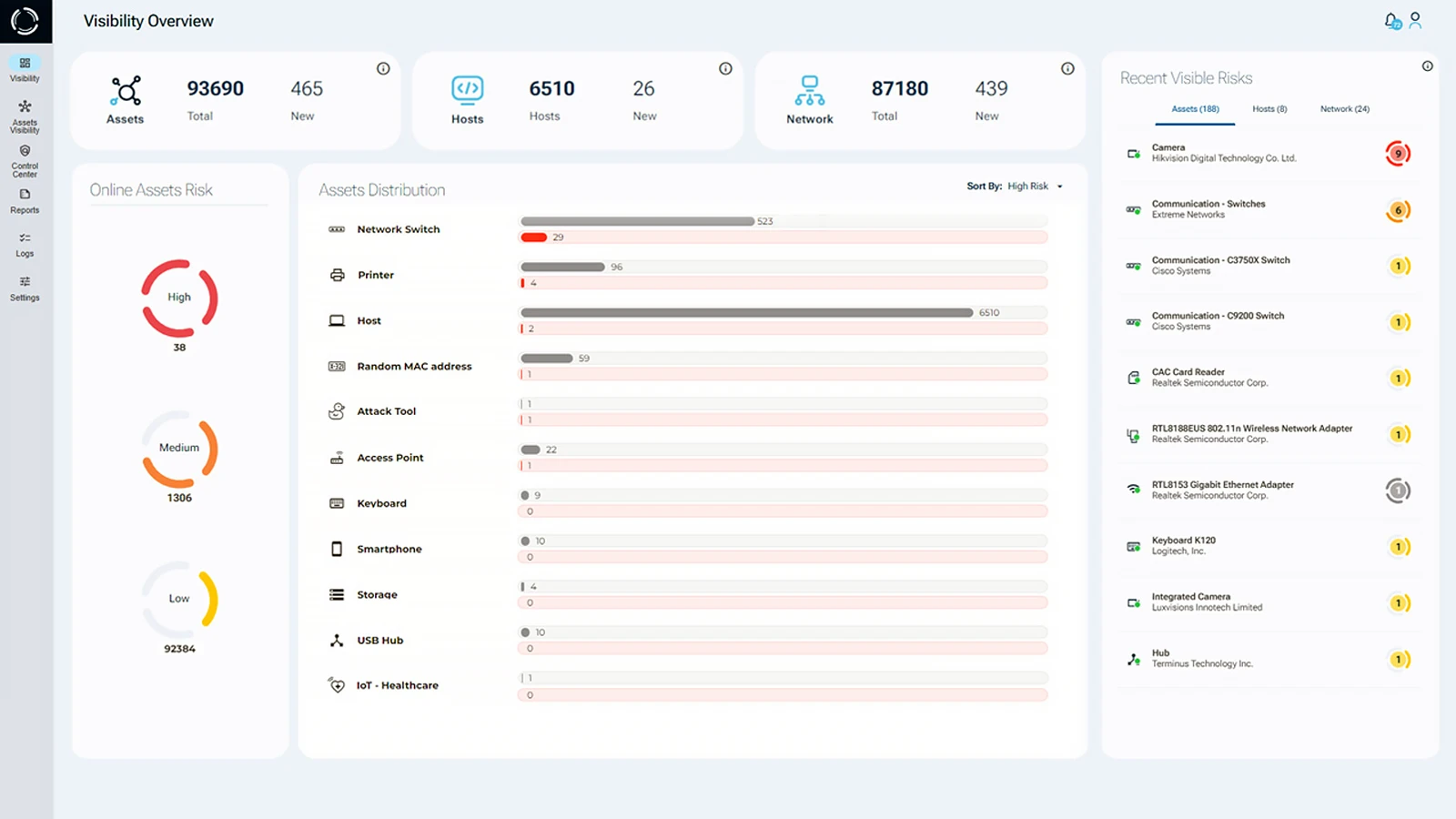
Full Control Through Predefined Policies: Enterprise-wide asset policies help organizations meet compliance, maintain regulatory alignment, and follow cybersecurity best practices. Additionally, with predefined templates and no clean environment required, Sepio enables fast deployment. Consequently, this is essential for protecting smart building technology infrastructures while supporting smart building security.
Rogue Hardware Mitigation (RDM): Instant mitigation of rogue or threatening devices is triggered upon detection. Seamless integrations with existing platforms like NACs and SOARs allow for mitigation and remediation enhancements across the entire smart building security tech stack.
Protect Your Smart Building
- Eliminate security gaps with complete hardware asset visibility.
- Enforce Zero Trust policies for all connected devices.
- Prevent hardware-based attacks with real-time threat mitigation.
Talk to an expert. Sepio’s patented technology helps you control asset risks in smart building solutions and safeguard connected buildings and software.
Read the Smart Building Cybersecurity (pdf)

